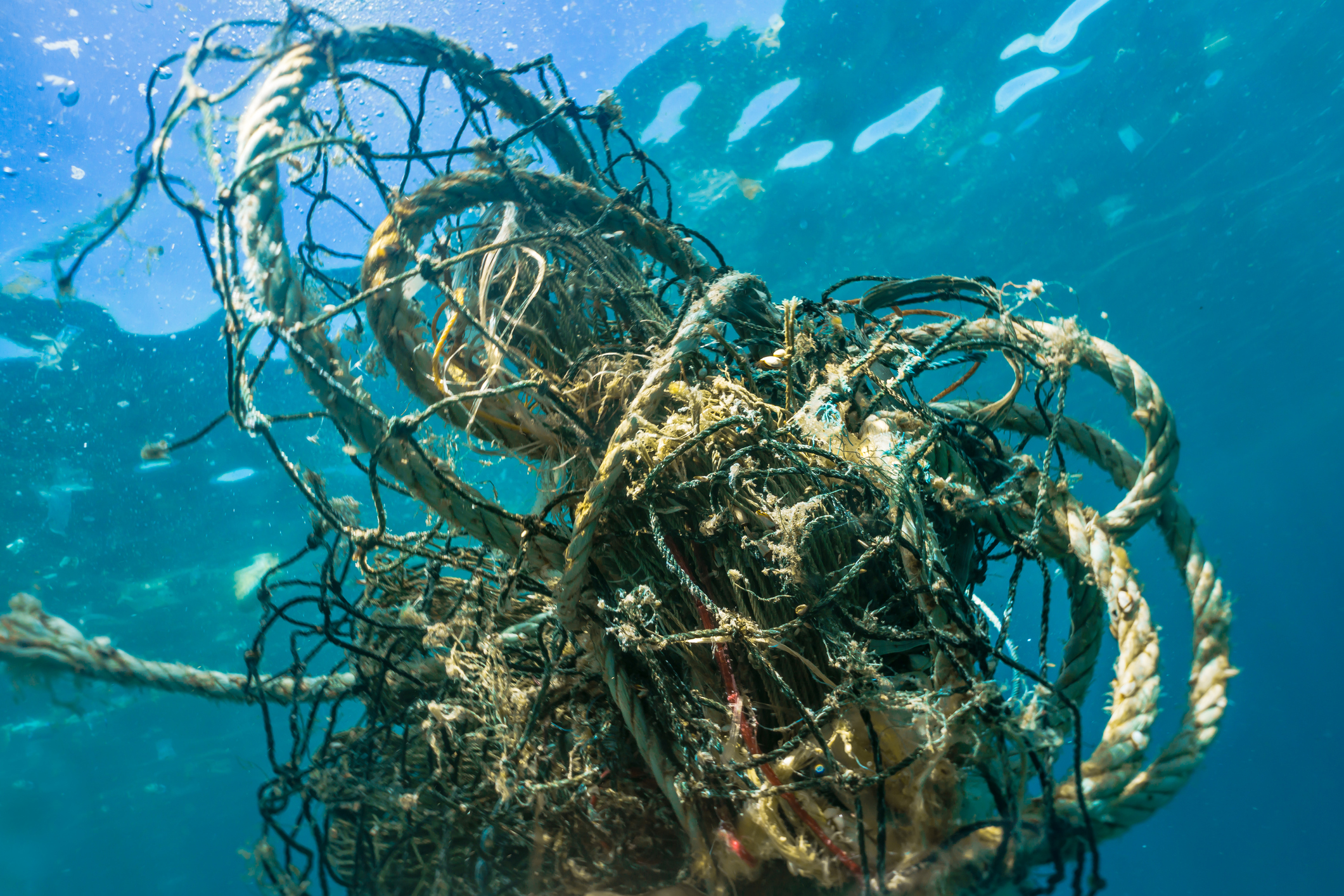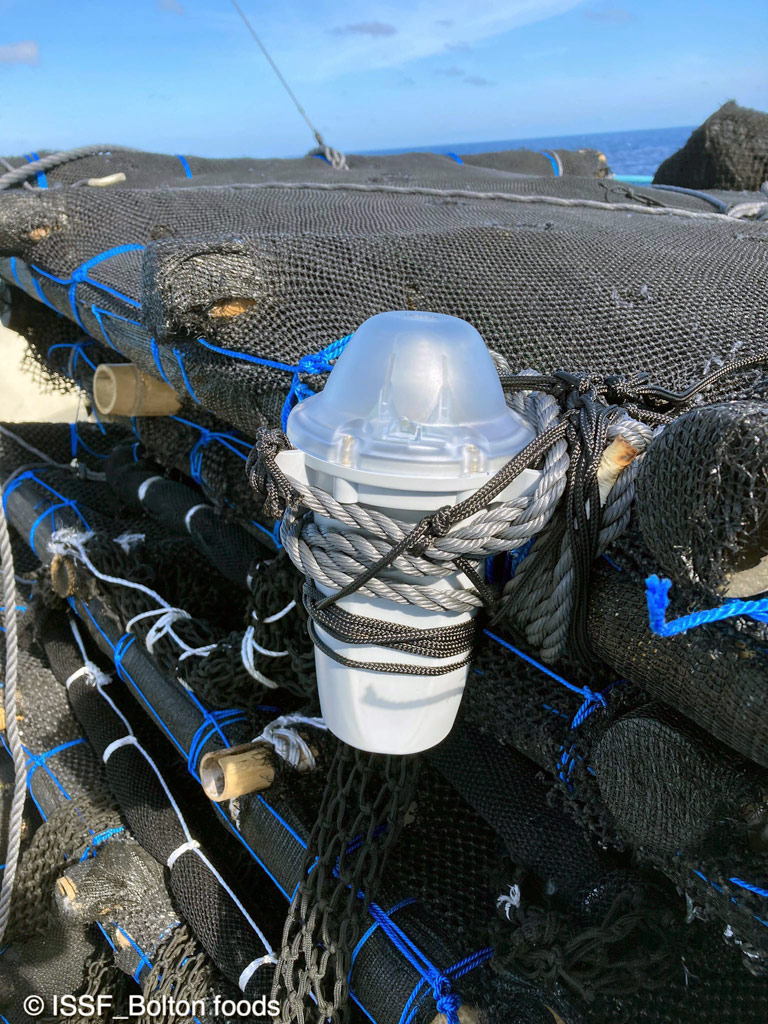World Ocean Day: The CLS solution in ghost fishing tracking device to prevent oceanic plastic pollution
- 6 June 2023
- Category: News

The Menace of Ghost Fishing
Plastic pollution in the world’s oceans is an alarming environmental crisis that demands immediate attention.
Among the many contributors to this problem is ghost fishing, a term used to describe abandoned or lost fishing gear that continues to trap and kill marine life indiscriminately.
However, a breakthrough tracking device has emerged as a potential solution to combat this issue. By identifying and tracking ghost fishing gear, this innovative technology aims to prevent further plastic pollution in our fragile marine ecosystems.
Ghost fishing poses a significant threat to marine life and ecosystems worldwide. Lost or discarded fishing gear, such as nets, lines, and traps, can remain active in the ocean for years, continuing to entangle and ensnare marine animals. Fish, turtles, seals, dolphins, and other marine species can become trapped in this abandoned gear, leading to severe injuries, suffocation, starvation, or even death.
Furthermore, the presence of these ghost nets also damages coral reefs and other sensitive habitats, exacerbating the already critical state of marine ecosystems.
NAOS, the CLS solution to prevent oceanic plastic pollution

In an effort to address this environmental crisis, scientists and engineers have developed a cutting-edge ghost fishing tracking device. This innovative technology combines satellite tracking and data analytics to locate and monitor lost fishing gear in the ocean.
NAOS is a simple and compact Argos-GNSS satellite buoy designed for the tracking and relocation of fishing gear such as lines, nets, pots, traps and anchored and drifting Fish Aggregation Devices (FADs).
It has been developed to support environmental and fisheries resource management, with the hope of initiating recycling practices within circular economies.
Collaborative Efforts and Impact
 To combat the global issue of ghost fishing, collaborative efforts between scientists, engineers, conservationists, and fishing communities are essential.
To combat the global issue of ghost fishing, collaborative efforts between scientists, engineers, conservationists, and fishing communities are essential.
By deploying ghost fishing tracking devices on fishing vessels, scientists can gain a deeper understanding of the routes, frequency, and intensity of ghost fishing incidents. This information helps raise awareness among fishermen and facilitates the development of responsible fishing practices.
Furthermore, by sharing the collected data and insights with international organizations dedicated to ocean conservation, policymakers can make informed decisions and implement effective measures to prevent and mitigate the impact of ghost fishing.
The development of the ghost fishing tracking device represents a significant breakthrough in the fight against plastic pollution in the oceans. By locating and tracking abandoned fishing gear, this innovative technology offers a proactive approach to combat ghost fishing, reduce marine casualties, and preserve fragile marine ecosystems.
Through collaborative efforts and the widespread adoption of responsible fishing practices, we can work towards a future where ghost fishing becomes a thing of the past, allowing our oceans to thrive once again.
